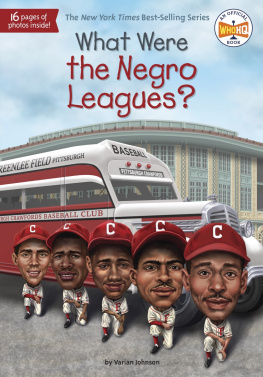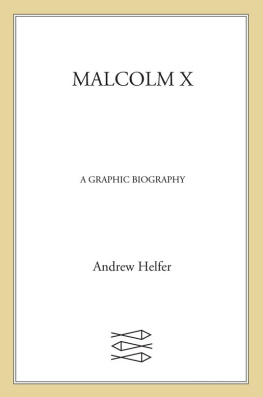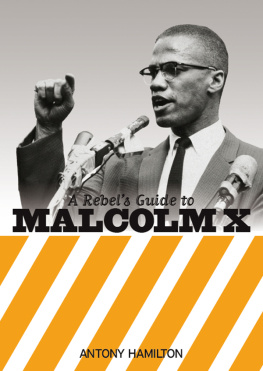2014 by Malcolm Ebright, Rick Hendricks, and Richard W. Hughes
All rights reserved. Published 2014
First paperbound printing, 2015
Paperbound ISBN: 978-0-8263-3972-0
Printed in the United States of America
20 19 18 17 16 15 1 2 3 4 5 6
THE LIBRARY OF CONGRESS HAS CATALOGED THE PRINTED EDITION AS FOLLOWS:
Ebright, Malcolm.
Four square leagues : Pueblo Indian land in New Mexico / Malcolm Ebright, Rick Hendricks, and Richard W. Hughes.
pages cm
Includes bibliographical references and index.
ISBN 978-0-8263-5472-3 (cloth : alk. paper) ISBN 978-0-8263-5473-0 (electronic) 1. Pueblo IndiansLand tenure. 2. Land grantsNew Mexico. 3. Indians of North AmericaLand tenureNew Mexico. I. Title.
F791.E37 2014
978.9004974dc23
2014001548
PREFACE
When legal historian G. Emlen Hall assessed the need for more scholarship about Pueblo legal history back in the late 1980s he delineated four major areas related to the subject of Pueblo Indian land in New Mexico that merited additional detailed work, given how little was known about the topic. This book addresses all four points and goes beyond this ambitious agenda. First, according to Hall, we need to trace document by document, law by law, the rise of the mysterious Pueblo league between 1700 and 1821 as the basis, measure, and limit of the Pueblos claim to land under Spanish rule. We have tried to do that in the first part of
Third, as Hall notes, we need specific studies detailing the changes in Indian policy in the late nineteenth and early twentieth centuries that both foreboded and predicted the fundamental changes in Pueblo land status that the Sandoval decision and statehood brought, and fourth, we need to know more... [about] the precise state of affairs in New Mexico that preceded passage of the 1924 Pueblo Lands Act.
Other scholars who have written directly about Pueblo land besides Hall are Herbert O. Brayer, Joe Sando, and Ward Allen Minge. Numerous scholars have indirectly contributed to the subject, such as those who prepared reports in the Aamodt case regarding Pueblo Indian land and water, including Daniel Tyler, William B. Taylor, Michael Meyer, Susan Deeds, and John Baxter. We observe this process at work throughout this story of Pueblo Indian land. We have built on the work of these scholars, but the core of this book is based on U.S. legal decisions, legislative documents such as U.S. statutes, and most particularly on original Spanish documents.
The story of Pueblo Indian land told here relies primarily on Spanish and Mexican documents up to 1846. Although we have made every effort to find indigenous voices and points of view in these documents, in the main they reflect the views of their non-Indian authors. We have discovered, however, some documents that Pueblo leaders wrote in which it is possible to discern distinct Pueblo voices, as well as a complete set of documents from the archives of Santa Ana Pueblo that record the pueblos purchase of valuable irrigated land called the Ranchiitu tract, which is still farmed today.
This study began as a report on the history of land tenure of Ysleta del Sur Pueblo in El Paso, Texas. In the course of preparing this report, Ebright and Hendricks began to explore the origins of the concept of the Pueblo league. They subsequently wrote reports for Santa Ana and Picuris, for whom Richard Hughes provided legal representation. When Ebright and Hendricks conceived the idea of a book-length study of the history of Pueblo Indian land in New Mexico, they asked Hughes to collaborate with them. We eventually dropped Ysleta del Sur from the book as it became more tightly focused on central and northern New Mexico.
Because this is a long, detailed book, there is a certain amount of duplication when it seemed necessary for the reader to understand the broader context of the pueblo under discussion. To aid the reader who is not satisfied with any translation, in the notes we have frequently supplied the original Spanish text in modernized orthography. We have also modernized Spanish names and place names. Spanish words and phrases retained in the English text appear in italics on the first instance and in Roman type on subsequent instances. According to Websters Third New International Dictionary of the English Language Unabridged, which we have taken as our authority, certain words, accented in Spanish, such as alferez, are now accepted as English words of Spanish origin, without accents. Titles of Spanish nobles we have retained in Spanish. We have left saints names in English, unless they are part of the name of Spanish churches, organizations, or places.
In keeping with contemporary scholarly usage, we capitalize Pueblo when referring to the Pueblo people and when using the name of specific pueblos, as in Taos Pueblo, for example, but not when making a general reference to an Indian community (the pueblos boundaries, for example). We have opted to use the term Hispano to refer to non-Indians who peopled New Mexico during the historical periods covered in this book. This decision was made to ensure consistency and to avoid using different terms to refer to the same people with each major political change in the governance of the region. This includes people who might more accurately be called Spaniards or mestizos for the period 1598 to 1821, Mexican for the period 1821 to 1846 (or beyond), and nuevomexicano, Spanish-American, or Mexican-American after 1846. Our usual term for non-Indians who began to arrive in 1846 is Anglo-American.
The authors wish to thank Carroll Riley, Cordelia Snow, Lolly Martin, and Robert D. Martnez for reading and commenting on early drafts of the manuscript. Of course, we take responsibility for errors that may remain in the book. Grants from the New Mexico Public Records Advisory Board provided partial funding for the research and writing of early versions of
Introduction
The chapters that follow focus on Pueblo Indian land in New Mexico, exploring its history from the late seventeenth century to the present. To provide some context for this long period of history, it is useful to examine briefly the nature of land tenure before the Pueblo Revolt of 1680. That story began when Governor Juan de Oate (15981610) took possession of New Mexico and claimed for the king of Spain what had been Pueblo Indian land since time immemorial.
The Pueblos did not share the European concept of private property ownership, although they did have boundaries marked with shrines, petroglyphs, and other rock art, and they knew how to map their lands. Some Native American rock art reveals partial and complete maps. In the Galisteo Basin, there is a petroglyph on a boulder depicting an irrigation system centered on two reservoirs, with irrigation canals leading the water to cornfields. The land and the sacred shrines were embedded in the stories and memories of indigenous peoples throughout the Americas. Landscapes were so crucial to the stories that if the land was lost or altered, the stories forming the basis of the religion could not be told.













